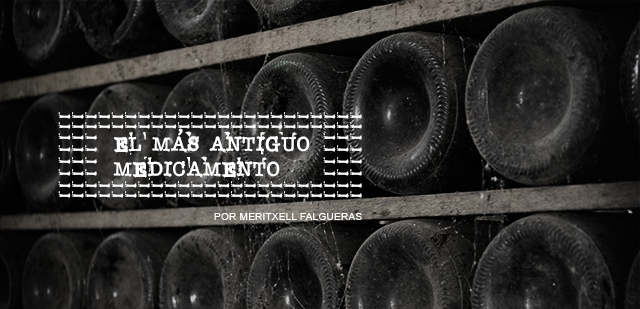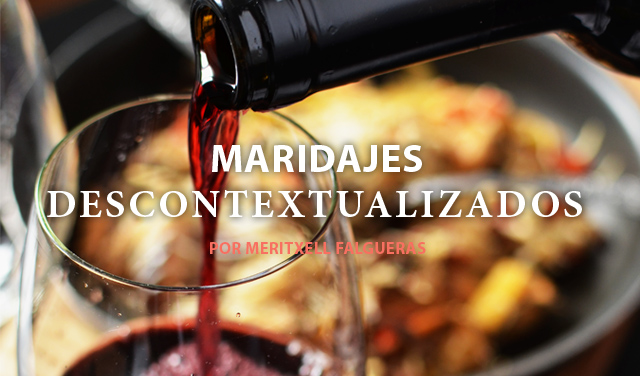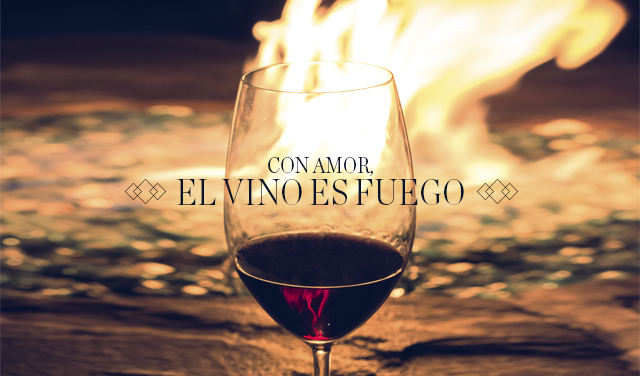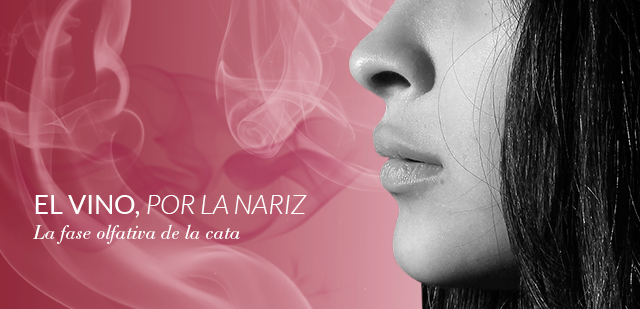Cheers to an Age-old Remedy

Sedative, tranquillizer, painkiller, vasodilator, anesthetic, diuretic, antiseptic, antidepressant... All of these health-related adjectives describe how wine can aid our well-being. But let's not medicalize wine.
Wine is a totemic beverage, a way of communing with others. It is true that it contains high levels of resveratrol (a wine compound found mostly in red grapes with an anti-inflammatory and antioxidant effect), which is why wine is good for the heart.
“Wine cheers the sad, revives the old, inspires the young, makes weariness forget his toil.”
Lord Byron
That is precisely what the “French paradox” is about. France, for example, has a lower rate of cardiovascular disease than the United States even though most French people follow a diet higher in saturated fats.
Since its founding in 1992, FIVIN (the foundation for wine and nutrition research) has focused on evaluating the potential protective effects of moderate wine and cava consumption on the human body and health from a medical standpoint. To this end, it conducts on-going research and compiles data on wine and health, supervised by a scientific committee of internationally recognized doctors, technicians specialized in health and nutrition, enologists, etc. “Consumers of other kinds of alcohol have a higher mortality rate than wine drinkers,” states Dr. Morten Gronbaek, a professor of epidemiology at the University of Copenhagen.
Turns out the lower risk of cardiovascular disease among moderate wine drinkers is related to, among other factors, a reduction in LDL-cholesterol (“bad cholesterol”) and its oxidation, a reduction in arterial plaque formation, and an increase in fibrinolytic and antithrombotic effects. The concept of Wine in Moderation (Art de vivre) teaches us to appreciate and understand wine—savoring it slowly, enjoying it with good food. Under this premise, the following would be acceptable:
-
Up to two drinks per day for women
-
Three for men
In excess, wine is a neurovascular stimulant and a central nervous system depressant, which lowers inhibitions and interferes with balance and coordination. Plato already forbade the young from drinking wine, stating “It is a mistake to feed fire with fire.” It is true: faced with so-called “binge drinking,” all we can do is instill a sensory appreciation of wine and the idea of quality over quantity. In short, recognizing the value of wine.
Throughout history, wine has been used as medicine. In the epic poem Gilgamesh, wine was the source of immortality. In the medicine of Hippocrates, wine played an important role in treating different diseases depending on type: high-acidity wines are the most diuretic whereas tannic wines are an antidiarrheal. Theophrastus of Eresos used wine in pomades to treat rheumatism.
During the Romantic era, melancholy was seen as an illness, which was best combated by drinking wine. Along with the Middle Ages, this was the period of greatest wine consumption, because at a time when water was often contaminated, “wine was the healthiest and most hygienic of all beverages,” as Louis Pasteur said centuries later. This is why we say “salute,” “cheers,” “santé” when we toast: we bless our glasses and drink to our health.
Wine in moderation tastes better.
Meritxell Falgueras



